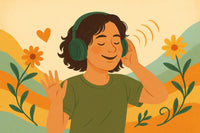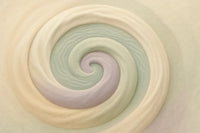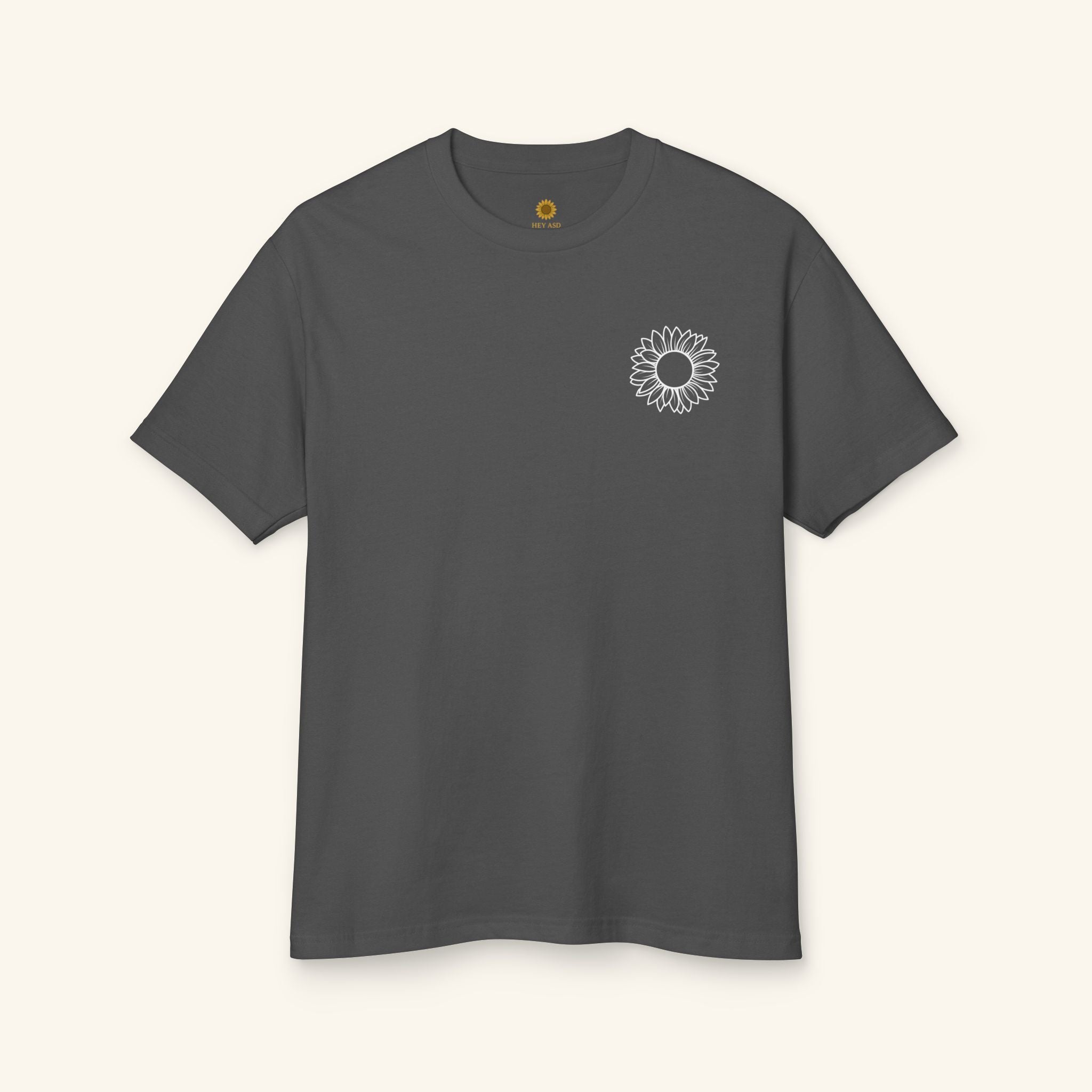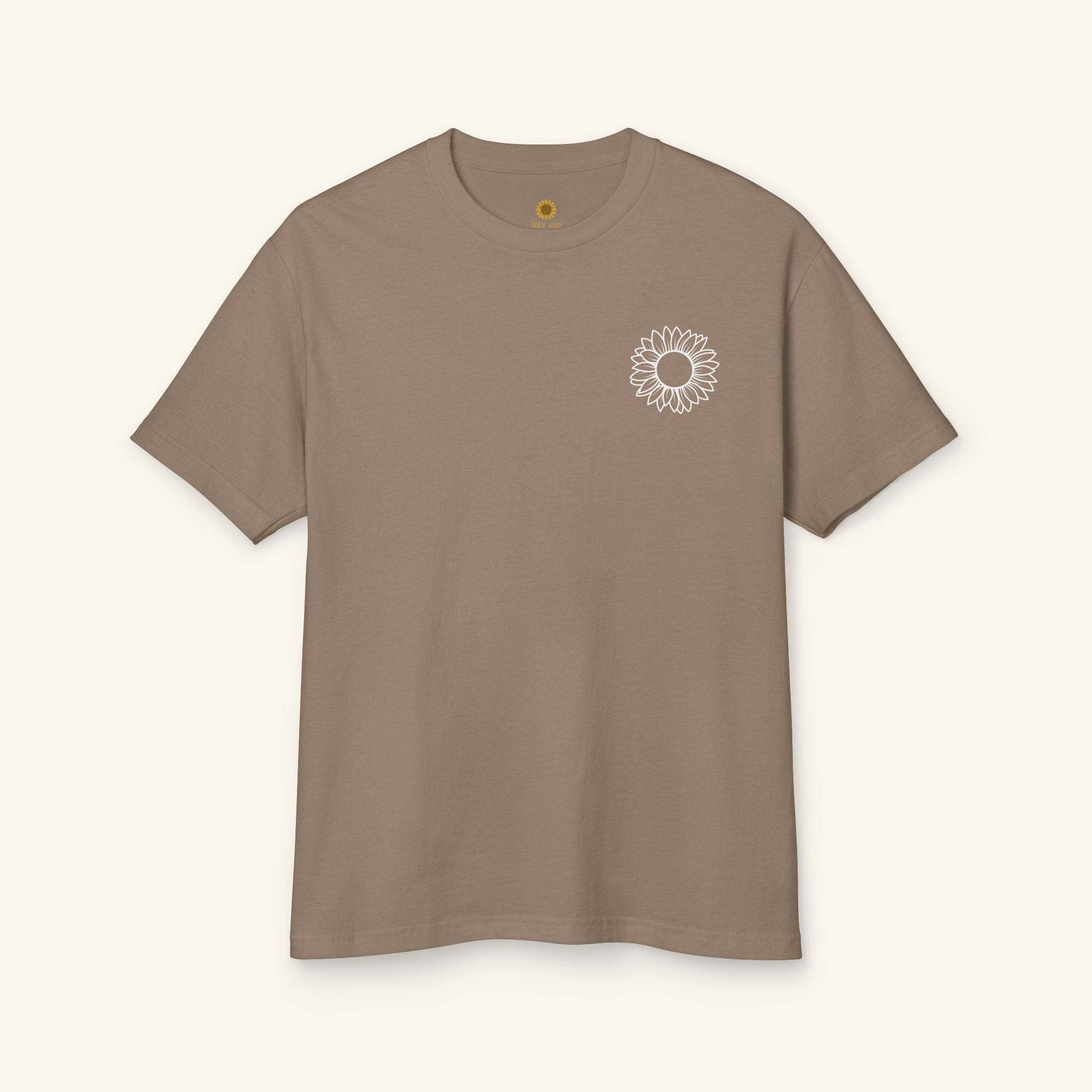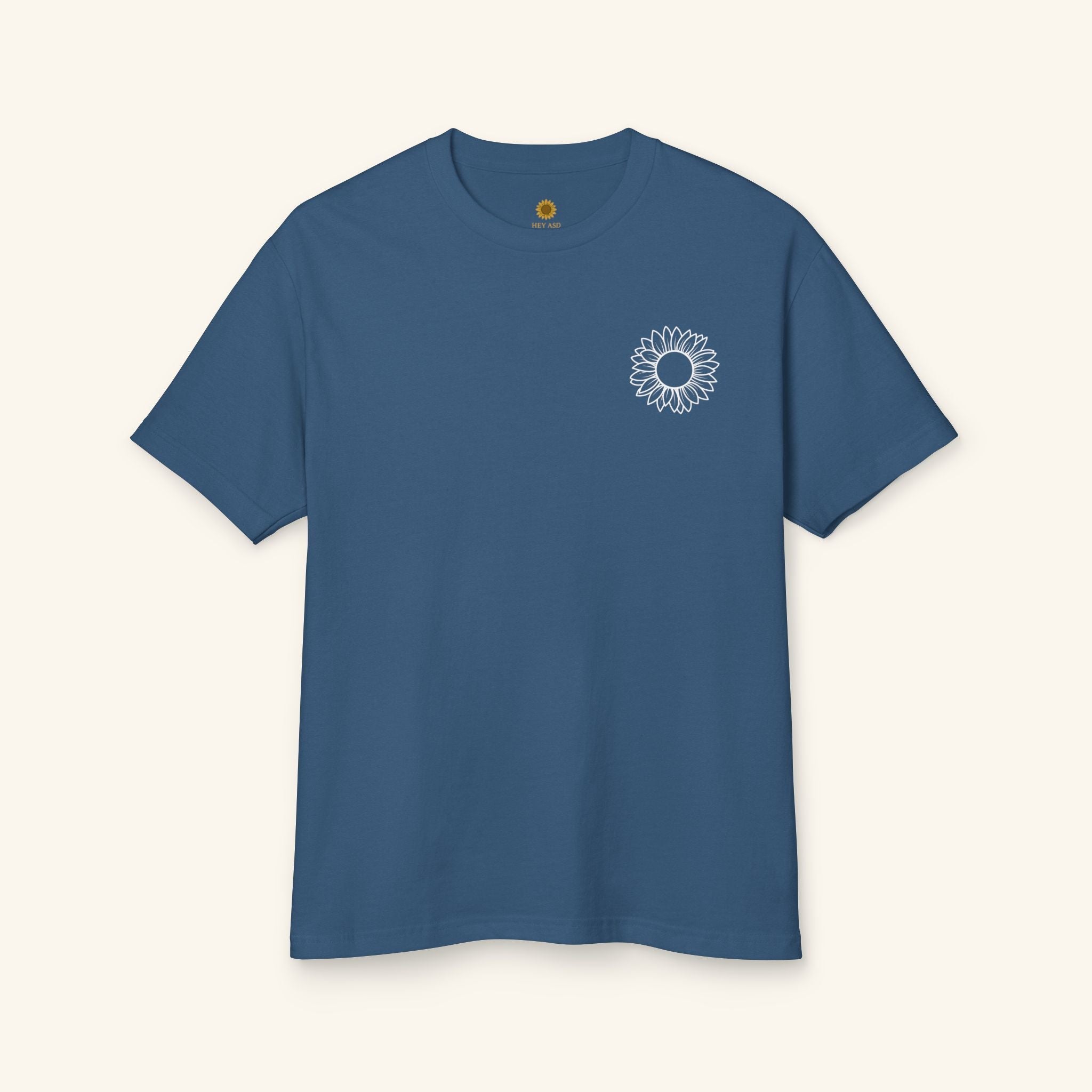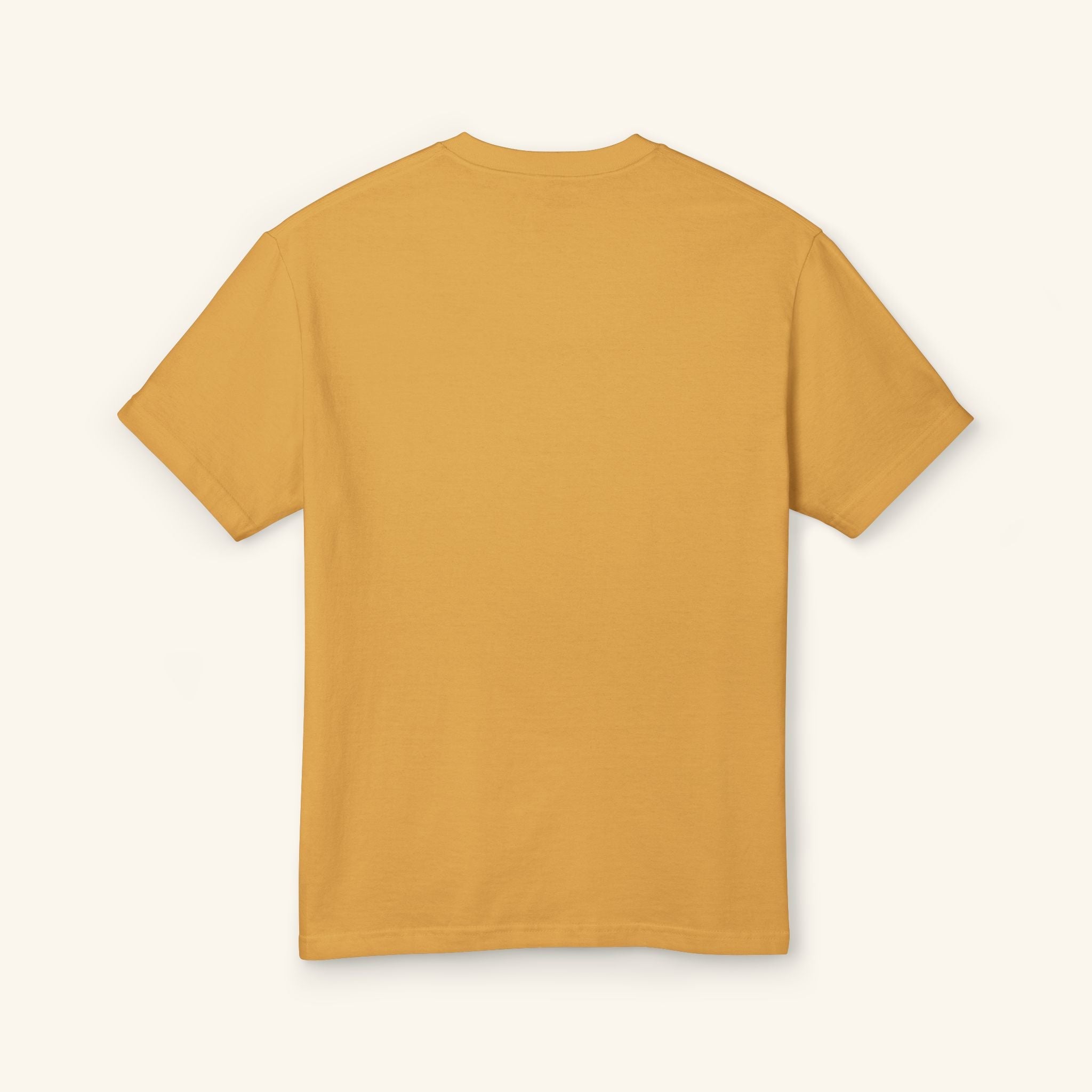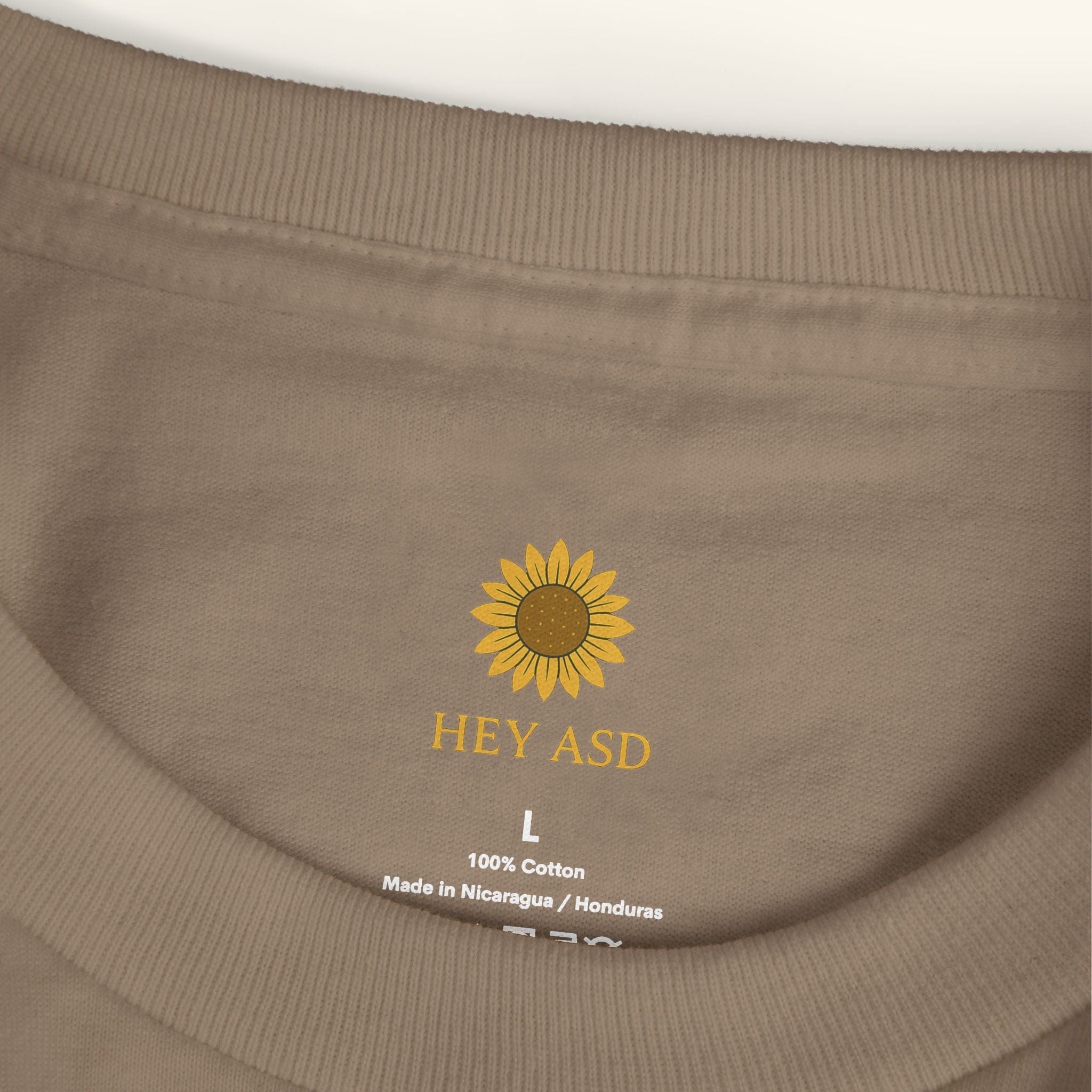Exploring the Beauty & Rich History of Gay Art

Written by the HeyASD Editorial Team
Gay art has a rich history and has evolved from being a hidden expression to gaining mainstream recognition. This article explores different art movements within the LGBTQ+ community and the influence of LGBTQ+ artists. It also delves into the themes and symbolism found in gay art, such as love and desire, identity and self-expression, and activism and social commentary. Furthermore, it examines how gay art is represented across cultures, including Western society and non-Western cultures, and the intersectionality within gay art. The impact of gay art on society is also discussed, highlighting its role in challenging stereotypes, promoting LGBTQ+ visibility and acceptance, and inspiring change and empowerment. Finally, the article looks at the future of gay art, including emerging artists and new perspectives, the use of technology and digital art, and the continued role of gay art in the LGBTQ+ movement.
Key Takeaways
- Gay art has evolved from being hidden to gaining mainstream recognition.
- Themes in gay art include love and desire, identity and self-expression, and activism and social commentary.
- Gay art is represented across cultures, with intersectionality playing a significant role.
- Gay art challenges stereotypes, promotes LGBTQ+ visibility and acceptance, and inspires change and empowerment.
- The future of gay art includes emerging artists, technology and digital art, and continued advocacy within the LGBTQ+ movement.
The Evolution of Gay Art

From Hidden Expression to Mainstream Recognition
The evolution of gay art has been a journey from hidden expression to mainstream recognition. Artists have fought for their voices to be heard and their stories to be told. Through their art, they have challenged societal norms and pushed boundaries. Today, gay art is celebrated and embraced for its unique perspectives and powerful messages.
Exploring Different Art Movements
Art movements have played a significant role in the evolution of gay art. From the underground and hidden expressions of the past to the mainstream recognition it enjoys today, gay art has been shaped by various artistic movements. These movements have provided a platform for LGBTQ+ artists to express their identities, experiences, and perspectives. By exploring different art movements, we gain a deeper understanding of the diverse range of artistic styles and techniques employed by LGBTQ+ artists.
The Influence of LGBTQ+ Artists
LGBTQ+ artists have played a significant role in shaping the art world and challenging societal norms. Their unique perspectives and experiences have brought forth a new wave of creativity and expression. Through their art, LGBTQ+ artists have been able to explore themes of love, identity, and activism, creating powerful and thought-provoking works that resonate with audiences around the world.
Themes and Symbolism in Gay Art

Love and Desire
Love and desire are central themes in gay art, capturing the essence of LGBTQ+ relationships and experiences. Through vibrant colors, expressive brushstrokes, and intimate compositions, artists depict the depth of emotions and connections between same-sex couples. Social stories are beautifully portrayed, showcasing the diverse expressions of love and desire within the LGBTQ+ community.
Identity and Self-Expression
Identity and self-expression are central themes in gay art. Artists use their work to explore and celebrate their unique identities, challenging societal norms and expectations. Through their art, they express their true selves and create a space for others to do the same. Gay artists often draw inspiration from their personal experiences, including the struggles and triumphs of coming out, navigating relationships, and finding acceptance. Their art serves as a powerful form of self-expression, allowing them to communicate their emotions, desires, and perspectives.
Activism and Social Commentary
Art has always been a powerful tool for activism and social commentary. In the realm of gay art, artists have used their creativity to challenge societal norms and advocate for LGBTQ+ rights. Through their artwork, they have sparked conversations, raised awareness, and inspired change. Bold and italics are often employed to emphasize the message and evoke emotions. Here are some key aspects of activism and social commentary in gay art:
- Representation: Gay artists strive to represent the diverse experiences and identities within the LGBTQ+ community.
- Visibility: By showcasing LGBTQ+ individuals and their stories, gay art helps increase visibility and break down stereotypes.
- Critique: Gay artists use their work to critique societal norms and challenge oppressive systems.
- Empowerment: Through their art, LGBTQ+ artists empower others to embrace their identities and stand up against discrimination.
In the world of gay art, activism and social commentary go hand in hand, creating a powerful platform for change and acceptance.
Exploring Gay Art Across Cultures

Gay Art in Western Society
Gay art has had a significant impact on Western society, challenging traditional norms and promoting LGBTQ+ visibility and acceptance. Through their artwork, LGBTQ+ artists have been able to express their identities and experiences, creating a sense of belonging and empowerment for the community. Here are some key points to consider:
- Representation: Gay art provides representation for LGBTQ+ individuals, allowing them to see themselves reflected in the art world.
- Breaking Barriers: By breaking down stereotypes and addressing societal taboos, gay art helps to create a more inclusive and diverse society.
- Promoting Acceptance: Through their art, LGBTQ+ artists advocate for acceptance and understanding, fostering a more tolerant and compassionate society.
- Inspiring Change: Gay art has the power to inspire change by challenging societal norms and encouraging dialogue and reflection.
In a world where LGBTQ+ voices have often been silenced, gay art serves as a powerful tool for self-expression, activism, and social change. It invites viewers to engage with diverse perspectives and narratives, fostering empathy and understanding. Explore our collection of LGBTQ+ art to discover the beauty and significance of this vibrant artistic movement.
Gay Art in Non-Western Cultures
Gay art in non-Western cultures offers a unique perspective on LGBTQ+ experiences and identities. It reflects the diverse cultural contexts in which queer individuals navigate their lives and express their creativity. From traditional art forms to contemporary expressions, gay art in non-Western cultures challenges stereotypes and celebrates the rich diversity of queer experiences.
Intersectionality in Gay Art
Intersectionality in gay art explores the interconnectedness of various identities and experiences within the LGBTQ+ community. It delves into the ways in which different aspects of a person's identity, such as race, gender, and socioeconomic status, intersect with their sexual orientation to shape their experiences and perspectives. This intersectional approach in gay art allows for a more nuanced understanding of the diverse range of LGBTQ+ experiences and challenges the notion of a singular LGBTQ+ narrative.
The Impact of Gay Art on Society

Challenging Stereotypes and Breaking Barriers
Gay art has played a crucial role in challenging stereotypes and breaking barriers. It has provided a platform for marginalized communities to express their identities and experiences. Through powerful and thought-provoking artworks, gay artists have defied societal norms and pushed the boundaries of what is considered acceptable. By showcasing the diversity and complexity of LGBTQ+ lives, gay art has shattered preconceived notions and fostered understanding and acceptance.
Promoting LGBTQ+ Visibility and Acceptance
Promoting LGBTQ+ visibility and acceptance is crucial in creating a more inclusive society. By showcasing diverse LGBTQ+ art, we can challenge stereotypes and foster understanding. Our collection of LGBTQ+ art celebrates love, identity, and activism, providing a platform for artists to express themselves authentically. Through art, we can inspire change and empower individuals to embrace their true selves. Join us in exploring the beauty and power of LGBTQ+ art.
Inspiring Change and Empowerment
Gay art has the power to inspire change and empower individuals. It serves as a powerful tool for challenging societal norms and promoting acceptance. Through bold and provocative imagery, gay artists push boundaries and encourage viewers to question their own biases and prejudices. By depicting diverse LGBTQ+ experiences, gay art fosters empathy and understanding, creating a sense of belonging and validation for marginalized communities. It encourages individuals to embrace their true selves and celebrate their identities. Gay art is a catalyst for social change, sparking conversations and driving progress towards a more inclusive and equal society.
The Future of Gay Art

Emerging Artists and New Perspectives
As the world continues to evolve, so does the art world. Emerging artists are bringing new perspectives and fresh ideas to the realm of gay art. They are pushing boundaries and challenging traditional norms, creating artwork that is both thought-provoking and visually stunning. These artists are using their creativity to express their unique experiences and perspectives as LGBTQ+ individuals. Through their art, they are able to explore themes of love, identity, and activism, shedding light on the diverse experiences within the LGBTQ+ community. By showcasing their work, we aim to celebrate and support these emerging artists and their contributions to the world of gay art.
Technology and Digital Art
Technology has revolutionized the world of art, and gay art is no exception. The digital medium has provided LGBTQ+ artists with new tools and platforms to express themselves and share their work with a global audience. With the rise of social media and online galleries, artists can now reach a wider community and connect with like-minded individuals. Digital art allows for experimentation and exploration of new techniques, pushing the boundaries of traditional art forms.
- Digital art has made it easier for LGBTQ+ artists to create and showcase their work.
- Online platforms have democratized the art world, giving marginalized voices a platform to be heard.
- The accessibility of digital art has allowed for greater representation and diversity in the LGBTQ+ art community.
Embrace the digital revolution and explore the vibrant world of LGBTQ+ art. Discover the unique perspectives, powerful narratives, and stunning visuals that await you in our collection. Let the art speak to your heart and ignite your imagination.
The Role of Gay Art in the LGBTQ+ Movement
Gay art plays a crucial role in the LGBTQ+ movement, serving as a powerful tool for self-expression, activism, and social change. Through various art forms, LGBTQ+ artists have been able to challenge stereotypes, promote visibility and acceptance, and inspire change and empowerment. Their work has made a significant impact on society, breaking barriers and paving the way for a more inclusive and diverse world.
Conclusion
In conclusion, gay art has evolved from a hidden expression to gaining mainstream recognition. It has explored various art movements and has been influenced by LGBTQ+ artists. Themes and symbolism in gay art revolve around love, desire, identity, self-expression, activism, and social commentary. Gay art is not limited to Western society but can be found in non-Western cultures as well, highlighting the intersectionality within the LGBTQ+ community. The impact of gay art on society is significant, challenging stereotypes, promoting LGBTQ+ visibility and acceptance, and inspiring change and empowerment. As we look to the future, emerging artists and new perspectives, technology and digital art, and the role of gay art in the LGBTQ+ movement will continue to shape the beauty and importance of gay art.
Join Hundreds of Autistic Adults Feeling
More Comfort in Their Own Skin
Use code WELCOME10 for 10% off your first order.
Start Your Comfort JourneyFrequently Asked Questions
What is gay art?
Gay art refers to art that explores LGBTQ+ themes, identities, and experiences. It can encompass various art forms, including painting, sculpture, photography, and performance art.
Is gay art only created by LGBTQ+ artists?
No, gay art can be created by artists of any sexual orientation or gender identity. However, it often reflects the LGBTQ+ perspective and addresses queer issues.
What are some famous gay artists?
There are many famous gay artists throughout history, including Keith Haring, Frida Kahlo, David Hockney, and Robert Mapplethorpe. These artists have made significant contributions to the LGBTQ+ art movement.
What are common themes in gay art?
Common themes in gay art include love and desire, identity and self-expression, and activism and social commentary. These themes reflect the experiences and struggles of the LGBTQ+ community.
How does gay art challenge stereotypes?
Gay art challenges stereotypes by portraying LGBTQ+ individuals in diverse and complex ways. It disrupts heteronormative narratives and promotes inclusivity and acceptance.
Can gay art be controversial?
Yes, gay art can be controversial as it often addresses sensitive topics and challenges societal norms. It may provoke discussions and debates about sexuality, gender, and equality.
Is gay art only for the LGBTQ+ community?
No, gay art is not limited to the LGBTQ+ community. It can be appreciated and enjoyed by people of all sexual orientations and gender identities. It offers unique perspectives and insights into queer experiences.
How does technology influence gay art?
Technology has opened up new possibilities for gay art, allowing artists to experiment with digital mediums and reach wider audiences through online platforms. It has also facilitated the exploration of virtual and augmented reality in art.
On This Page
Frequently asked questions
How can understanding autism sensory triggers help me better appreciate the themes in gay art?
What sensory-friendly living tips can support neurodivergent individuals when exploring art galleries or exhibitions?
Where can I find disability support resources that connect autism awareness with LGBTQ+ art and culture?
How do autism social stories relate to the narratives expressed in gay art?
Are there sensory-friendly products, like calming blankets or Autism-themed decor, that celebrate LGBTQ+ identities and support sensory needs?
How does gay art promote autism acceptance and empowerment within the broader disability and LGBTQ+ communities?
What role does intersectionality play in both autism awareness and the diverse experiences shown in gay art?
How can art be used as a tool for activism and social commentary to support both autism rights and LGBTQ+ visibility?
Can sensory-friendly t-shirts or sensory tools featuring LGBTQ+ art designs help foster a sense of identity and comfort for autistic individuals?

About the HeyASD Editorial Team
Autistic‑owned • Values‑led • Sensory‑friendly design
We are autistic creators, writers, and advocates dedicated to producing resources that are practical, sensory-aware, and grounded in lived experience. Our mission is to make information and products that support the autistic community accessible to everyone, without jargon or condescension. Learn more about our team.
This article is written from lived autistic experience and an evidence-aware perspective. It is for general informational purposes only and should not be taken as medical, legal or therapeutic advice.
Always consult a qualified clinician or occupational therapist for individual needs and circumstances.

About Our Autism Blog
HeyASD isn’t just a store, it’s a calm, supportive space created by and for autistic adults. Our blog shares sensory-friendly tips, identity-affirming stories, and heartfelt resources for navigating life as an autistic person. Whether you're late-diagnosed, exploring your needs, or supporting someone you love, you're welcome here.
Thank you for reading. We hope these resources bring comfort and clarity.


